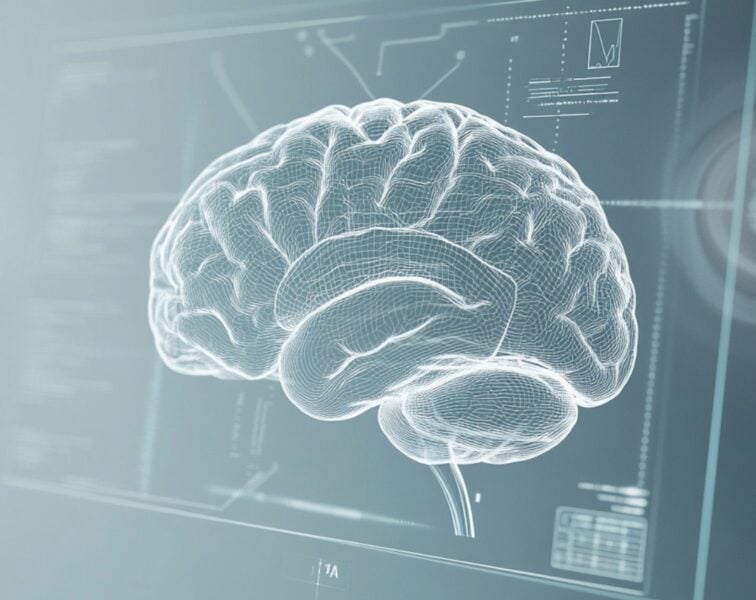In this “Ask Me Anything” (AMA) episode, Peter dives into the world of red light therapy in response to frequent questions from listeners. Peter provides a comprehensive exploration, starting with the basics of red light therapy and why it’s getting so much attention. The conversation examines the latest data on various applications, including aging, skin health, acne, wound healing, hair loss, eye health, exercise performance, metabolic health, weight loss, inflammation, injury recovery, and menstrual cramps. Peter analyzes the scientific literature on each use case and concludes with a summary table that provides an easy-to-follow breakdown of the potential benefits of red light therapy across these areas.
If you’re not a subscriber and listening on a podcast player, you’ll only be able to hear a preview of the AMA. If you’re a subscriber, you can now listen to this full episode on your private RSS feed or on our website at the AMA #65 show notes page. If you are not a subscriber, you can learn more about the subscriber benefits here.
We discuss:
- Overview of topics and the motivation behind exploring red light therapy [1:45];
- The basic science of red light therapy [3:15];
- The unique penetration properties of red light [6:00];
- What happens when tissue is exposed to red light [9:30];
- Exploring red light therapy’s potential to combat aging [11:00];
- Red light therapy for treating acne [13:00];
- Red light therapy for aiding in wound healing [18:45];
- Red light therapy for hair loss: promising benefits and practical advice [24:15];
- Analyzing the evidence of a positive or negative effect of red light therapy on the eyes [28:00];
- Red light therapy’s impact on performance and recovery [30:30];
- Red light therapy’s impact on metabolic health: analyzing the limited evidence for improved glucose metabolism [32:45];
- Red light therapy for weight loss and targeted fat reduction [36:45];
- Red light therapy for inflammation, chronic pain, and injury rehabilitation [41:00];
- Red light therapy as a treatment for menstrual cramps [43:45];
- Summary: promising applications of red light therapy, unsupported claims, and costs to consider [46:45]; and
- More.
Get Peter’s expertise in your inbox 100% free.
Sign up to receive Live Better, Longer: An Introductory Guide to Longevity by Peter Attia, weekly longevity-focused articles, and new podcast announcements.
Show Notes
Overview of topics and the motivation behind exploring red light therapy [1:45]
In today’s AMA, we are going to focus on a single topic: red light therapy
- The plan is to cover:
- what red light therapy is
- how it can work
- dive into some various claims out there around red light therapy such as:
- potential effect on skin health
- wound healing
- hair loss
- Eyesight
- Exercise
- performance and recovery
- metabolic health
- fat loss
- Inflammation
- chronic pain
- and a lot more.
The basic science of red light therapy [3:15]
Introduction to Light and Wavelengths
- Light as waves:
- Light exists as waves, which are generally very short compared to other waves, like sound.
- Sound waves are relatively long, while light waves are much shorter.
- Shorter wavelengths mean higher energy:
- As wavelength decreases, the energy of the wave increases.
- For example:
- UV light has shorter wavelengths and thus more energy than visible light.
- X-rays and gamma rays are even shorter and carry even more energy.

Figure 1. Source: Apni Physics
Visible Light Spectrum
- Range of visible light:
- Visible light spans wavelengths from approximately 380 to 780 nanometers.
- Different colors correspond to different wavelengths within this range:
- 380 nm: Violet (shortest wavelength in the visible spectrum)
- 780 nm: Red (longest wavelength in the visible spectrum)
- Red light in context:
- Red light is found at the longer end of the visible light spectrum, around 620-780 nanometers.
- Red light therapy utilizes this specific narrow range of red light.
Red Light Therapy and Phototherapy
- Definition of Red Light Therapy:
- Red light therapy specifically refers to light in the 620-780 nm range.
- This red wavelength is more narrowly focused than white light, which includes a mixture of all visible wavelengths.
- Phototherapy:
- Phototherapy broadly includes treatments across the full range of visible light.
- It may also use near-infrared (NIR) light, which falls just outside the visible spectrum.
Near-Infrared (NIR) Light
- Characteristics of NIR:
- Near-infrared light has wavelengths between approximately 790 and 1400 nanometers.
- Unlike red light, NIR is invisible to the human eye.
- Role in red light therapy:
- Near-infrared light is often used in conjunction with red light for therapeutic purposes.
- NIR wavelengths are slightly longer than red light, providing different penetration and effects.
Safety Considerations and Visibility
- Visibility and potential risks:
- The fact that NIR light is invisible can present safety challenges.
- Invisible light might carry risks that are less obvious, as users cannot see its intensity or presence.
The unique penetration properties of red light [6:00]
Penetration Depth and Wavelength
- Comparison to UV Light:
- Like with UVA and UVB in ultraviolet light, red light therapy’s effectiveness depends on its penetration depth.
- Longer wavelengths, like red light, can penetrate more deeply than shorter wavelengths, though with less energy.
{end of show notes preview}



